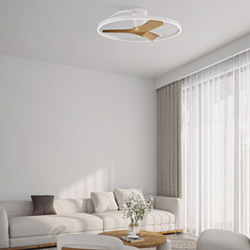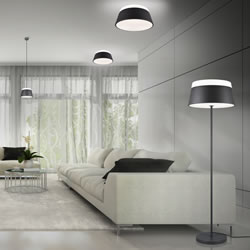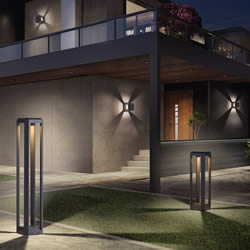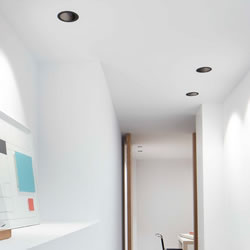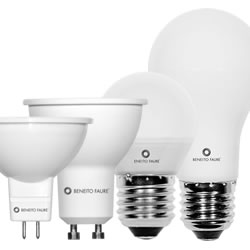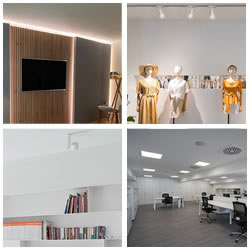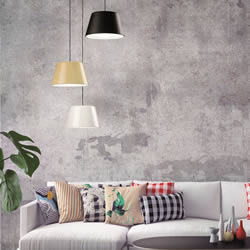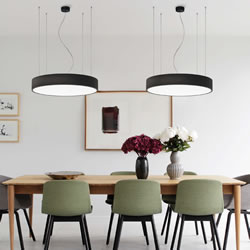Surely, when you are looking for the right lamps to illuminate your home, you will have a lot of doubts about what bulbs you need and what is the best option in each case. In this article, we're going to break down each type of light bulb, talking about what makes them unique, their advantages and disadvantages, and where it's best to use them.
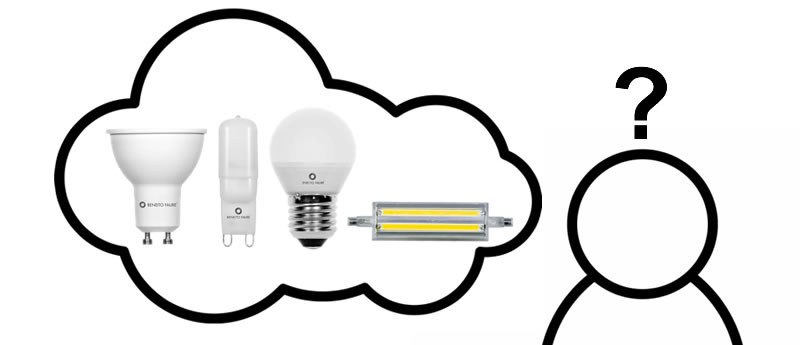
Incandescent and halogen bulbs, long the standard options for lighting in homes and businesses, have been gradually replaced by LED bulbs. This change is mainly due to the advantages that LED bulbs offer in terms of energy efficiency and durability.
LED bulbs consume considerably less energy than incandescent and halogen bulbs to produce the same amount of light, which translates into savings on our electricity bill. Additionally, LED bulbs have a much longer lifespan, meaning less frequent replacement and less waste. In short, they are more sustainable.
What do we have to take into account when buying the light bulb?
We know that deciding which light bulb to buy can be a hassle. But don't worry, we are here to help you. Let's go over the important things you should keep in mind so that choosing the right one will be a piece of cake.
Type of socket: The most important thing is to know what type of socket the lamp or light bulb we buy has. The most common sockets include E27, E14, GU10, G9, GX53 and GU5.3.

Shape and size: The shape of the bulb can affect the aesthetics of the lamp. However, even if we choose a bulb with the appropriate socket, it may not fit due to size differences with our lamp.
Lumens: It is the amount of light that a light bulb emits. Here you have more information about what lumens are.
Average duration: It is the average time that a light bulb can work until it stops working correctly. In LED bulbs it can range between 15,000 hours and 50,000 hours.
Color temperature: Basically it is the color of the light from the bulb. Generally it can be warm, neutral or cold. You have more information on what the light color temperature is and which is better.
Light angle: It is the degree of width of the light beam of the bulb. The smaller the angle, the more focused the light is (ideal for accent lighting). The greater the angle, the more diffuse and extensive the light is (ideal for general lighting).
Light regulation (dimmable): Indicates whether you can adjust the amount of light emitted by the bulb. This can be done from a special switch or even with remote controls. It is ideal for creating different environments and adjusting the lighting level according to our preferences.
The most common formats of light bulbs today
Dichroic: The dichroic bulb is the most used in recessed spotlights or strip lights. They are characterized by producing a more focused light, which makes them ideal for accent lighting.
Standard/Spherical/Candle Bulb: These are traditional traditional bulbs. Generally, they come with E27 or E14 sockets.
G9 Type Bulbs: A G9 bulb is a type of small bulb that uses a bi-pin socket. It is characterized by its small size, which allows it to be used in lamps with very specific designs.
R7s linear bulbs: It is a type of LED bulb that uses an R7s connection socket. Nowadays, due to the appearance of LED technology, they are being used less.
AR111 bulbs: It is a “reflector” type bulb that is characterized by its diameter of 111mm. It usually has a GU10 or G53 type socket. They are widely used in accent lighting and are generally installed in recessed spotlights. They provide focused light.

What does it mean when a lamp has an integrated LED or SMD?
Sometimes when a lamp states that it is 'integrated LED' or 'SMD LED' it can be a little confusing. Basically, this means that the light does not come from a bulb as we could conventionally understand, but from an LED that is integrated into the lamp itself.
Lamps with integrated LED do not have bulbs or lamp holders. This means that when the LED stops working, it usually cannot be changed. And that's all about the most common types of light bulbs.
Remember that choosing the right light bulb can make a difference in your home or business. We hope we have helped you!

